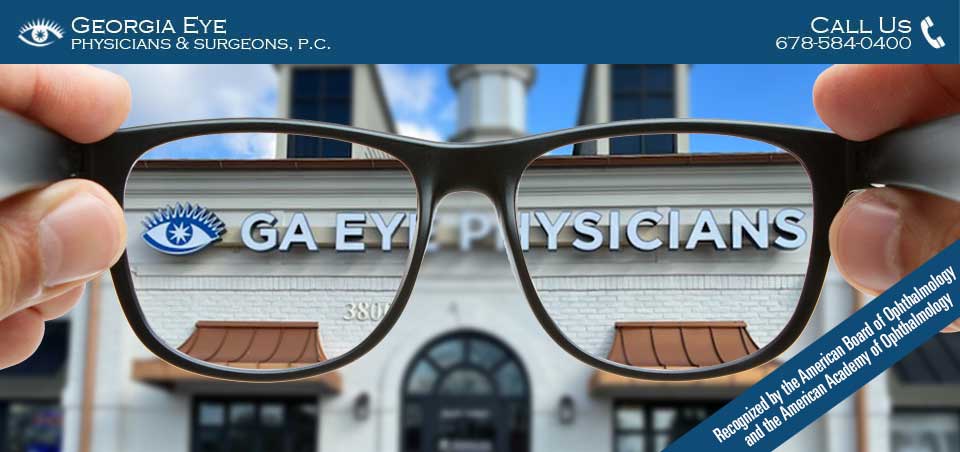The Dangers of Dry Eyes and How to Treat Them
Although you may not realize it, your eyes are constantly moving. Not only do they shift to scan your environment, but tiny muscles are also continually adjusting both the size of the pupil, to admit more or less light into the eye’s interior, and the shape of the lens, to adjust focus between nearby and far away objects. All this movement means that the eyes need to be kept moist and well-lubricated, and there are specific mechanisms in the eyelids, as well as in the eye itself, that have developed to accomplish exactly that. However, when eye problems interfere with the tear production or the regular lubrication of the eyes, there can be negative consequences to both your vision and your long-term eye health.

Structural defects in the eyes’ anatomy can also contribute to eye dryness. Normally, the lacrimal glands, which sit in-between the upper eyelid and the cornea, produce tears constantly. The action of blinking spreads the tear solution in a thin film across the eye, where it remains until it drains through the lacrimal punctum, tiny openings under the lower eyelid. However, when the openings of the lacrimal punctum are too large, the tear solution drains too quickly, leaving the eye vulnerable to environmental factors. This can be a major contributing factor in chronic dry eye, which manifests as general redness and itching, light sensitivity, and even blurred vision. If left untreated, chronic dry eye can also increase the likelihood of developing serious eye infections and even cause long-term damage to the surface of the eyes themselves in the form of corneal ulcers. The problem of tear duct drain openings that are too large can be remedied through the use of dissolvable or permanent punctual tear plugs, which are inserted into the tear drains of the lacrimal punctum to restrict the amount of fluid that can drain from the eye.
Both blepharitis and chronic dry eye have a tendency to become more common as the eye gets older, which is one of the reasons that the American Academy of Ophthalmology (AAO) recommends that all men and women undergo a baseline eye disease screening at age 40, and comprehensive eye exams every one to two years thereafter, depending on the patient’s individual health history. If you are concerned about the health of your eyes, or would like to schedule an appointment for an eye exam, please contact Georgia Eye Physicians and Surgeons today to make an appointment. Be sure to follow us on Facebook, Twitter, and Google+ for more tips for healthy eyes.












